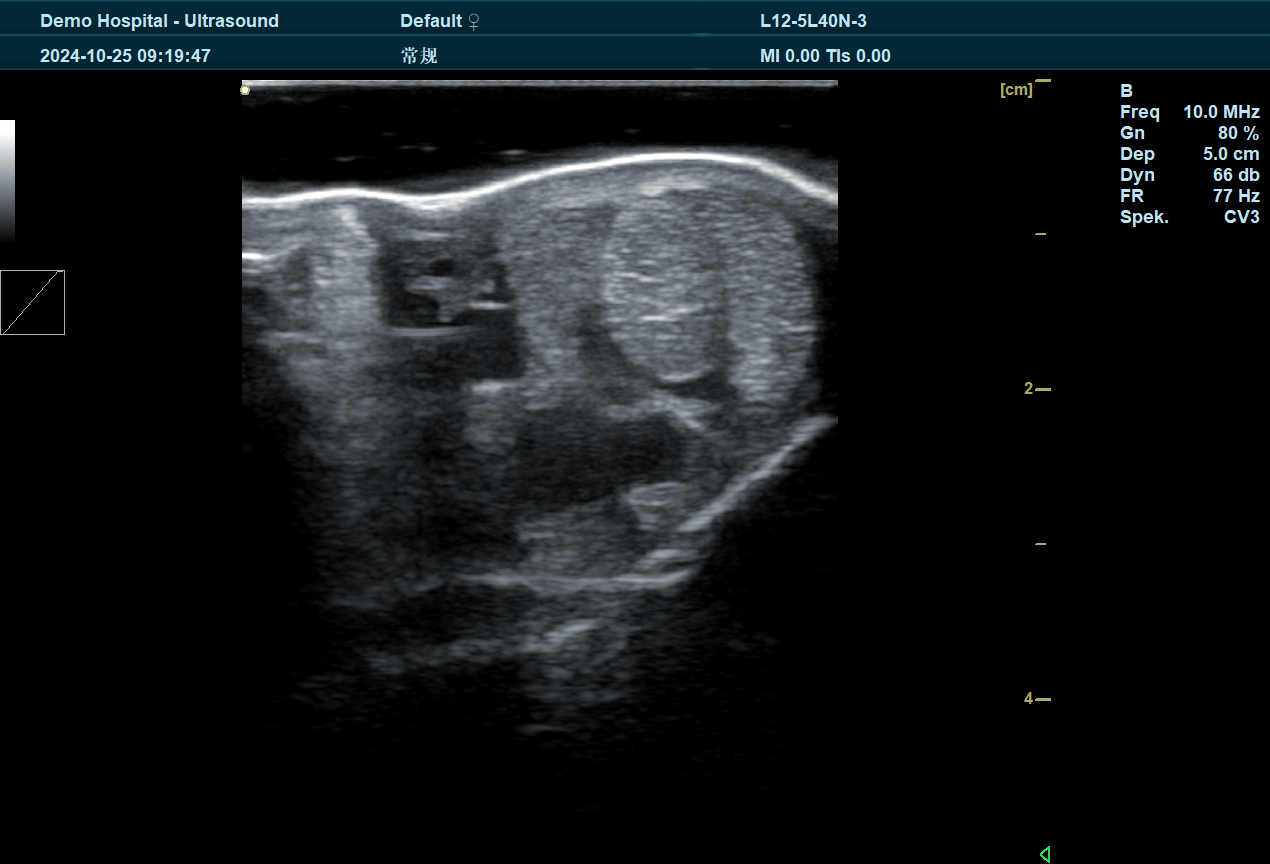Veterinary ultrasound plays a vital role in diagnosing and monitoring animal health conditions. The BXL Veterinary Ultrasound system has emerged as a reliable and advanced diagnostic tool, offering precision and versatility for various veterinary applications. But how should veterinary professionals analyze and maximize the potential of BXL ultrasound systems? This article provides insights into effectively using and interpreting BXL ultrasound for better diagnostic outcomes.

Understanding the BXL Veterinary Ultrasound System
The BXL Veterinary Ultrasound is a high-performance imaging solution designed for veterinary professionals. Its cutting-edge technology ensures clear images, making it ideal for diagnosing conditions in pets, livestock, and exotic animals.
Key Features of BXL Ultrasound Systems:
- High-Resolution Imaging: Ensures clear visuals of soft tissues and organs.
- Multiple Probe Compatibility: Supports various probes for diverse applications, from abdominal scans to cardiac imaging.
- Portable Design: Lightweight and easy to transport, ideal for clinics and mobile veterinary services.
- Advanced Doppler Modes: Offers real-time analysis of blood flow and vascular health.
Steps to Analyze Veterinary Ultrasound Using BXL Systems
Proper analysis of BXL ultrasound scans requires a systematic approach to ensure accurate diagnostics.
1. select the Right Probe for the Animal and Procedure
- Use microconvex probes for small animals like cats and dogs.
- Opt for linear probes for detailed imaging of superficial structures.
- Employ convex probes for large animals or deep abdominal imaging.
Choosing the right probe is crucial for obtaining the best resolution and diagnostic clarity.
2. Optimize the Ultrasound Settings
Adjust the following parameters based on the type of scan:
- Gain: Modify to control image brightness and contrast.
- Depth: Set the depth to focus on the area of interest.
- Frequency: Higher frequencies provide better resolution for shallow imaging, while lower frequencies are ideal for deeper scans.
3. Follow a Standard Scanning Protocol
Veterinary professionals should use consistent scanning techniques to ensure accurate readings. For example:
- Abdominal Scans: Begin with a general overview, then focus on specific organs like the liver, spleen, or kidneys.
- Cardiac Scans: Use Doppler modes to evaluate blood flow and heart function.
4. Interpret the Images Accurately
Evaluate the ultrasound images for signs of abnormalities, such as:
- Changes in organ size, shape, or texture.
- Presence of fluid accumulation or masses.
- Blood flow irregularities detected via Doppler imaging.
5. Document and Compare Results
Save and label ultrasound images for future reference. Comparing current scans with previous ones helps track the progression of a condition or the effectiveness of treatments.
Why Choose BXL Ultrasound for Veterinary Diagnostics?
The BXL Veterinary Ultrasound system is trusted by veterinarians worldwide for its reliability and advanced features. Here’s why:
1. Exceptional Imaging Quality
High-resolution images ensure veterinarians can detect even the smallest abnormalities.
2. Versatility in Applications
From pregnancy monitoring to detecting organ diseases, BXL ultrasound systems can handle a variety of veterinary needs.
3. Cost-Effective Solutions
BXL offers competitive pricing without compromising on quality, making it accessible for clinics of all sizes.
4. User-Friendly Interface
Intuitive controls and easy setup ensure veterinarians can focus on patient care rather than navigating complex technology.
Tips for Maximizing BXL Ultrasound Performance
1. Regular Maintenance
Clean the probes and system regularly to maintain image quality and extend the lifespan of the device.
2. Continuous Training
Stay updated on the latest ultrasound techniques and technologies to enhance diagnostic skills.
3. Leverage Manufacturer Support
BXL provides user manuals, training resources, and customer support to help veterinarians make the most of their ultrasound systems.
Conclusion
Analyzing veterinary ultrasound using a BXL system involves a combination of choosing the right settings, employing proper scanning techniques, and accurately interpreting the results. By following best practices and leveraging the advanced features of BXL ultrasound, veterinarians can ensure precise diagnostics and improved patient outcomes.
Whether you're monitoring pregnancies, diagnosing illnesses, or conducting routine exams, BXL Veterinary Ultrasound offers the tools you need to provide exceptional care.
tags: Veterinary ultrasound analysisVeterinary ultrasound


